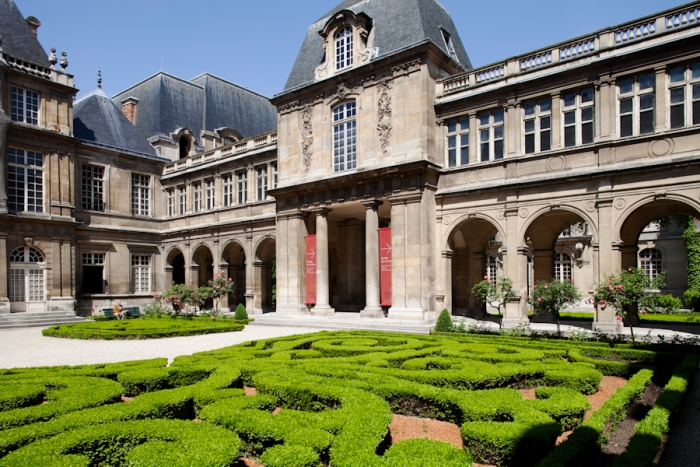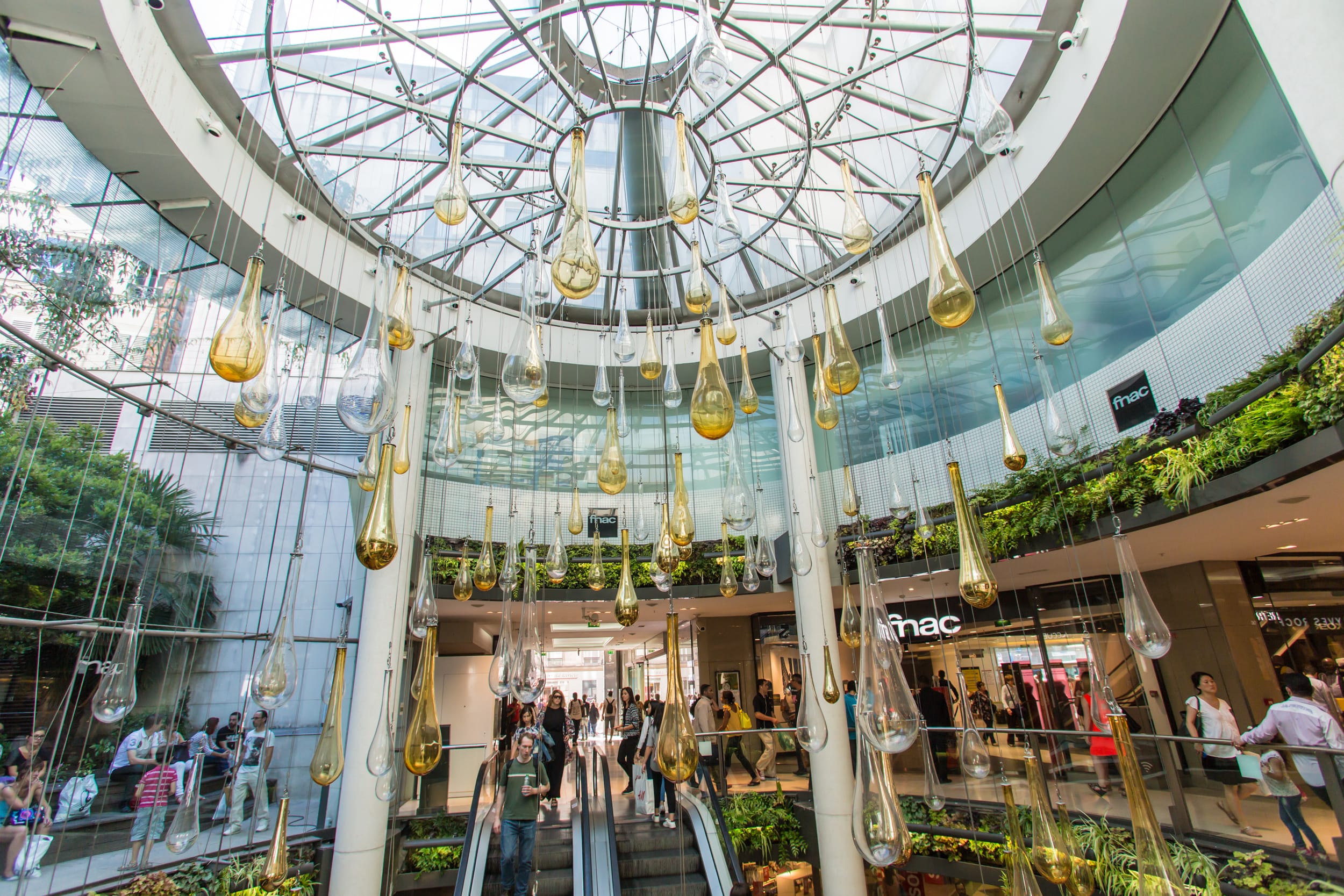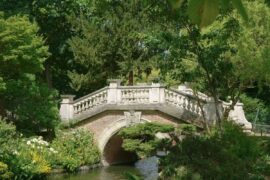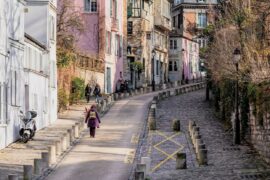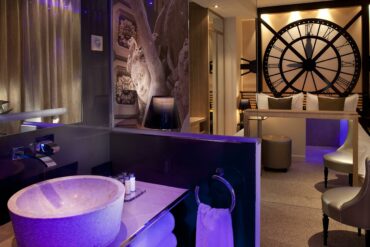This is one of the oldest and most special hotels in the Marais, and it also boasts some of the rarest examples of renaissance architecture in Paris. Pierre Lescot, who worked on the renovation of The Louvre with the sculptor Jean Goujon, was in charge of its construction from 1548 – this was on behalf of Jacques des Ligneris, the president of the Parliament of Paris. Françoise de Kernevenoy acquired it in 1578. His Breton name was transformed into Carnavalet, and the building took this title from this point forward. In the 17th Century, the building experienced a transformation that was led by François Mansart, a forerunner of the era of classical architecture in Paris. This architect joined forces with Brussels architect Gérard van Obstal to decorate the fascia of each storey. Within this sumptuous interior, the Marquis of Sévigné set up his Paris residence, and he lived there from 1677 until his death in 1696. The revolution transferred this building to the ownership of the nation, and it was initially occupied by the School of Bridges and Roadways. In 1866, Baron Haussmann suggested that the city should take over the buildings to show off various artistic collections. Its creation in 1880 makes it the oldest museum of historic art in the city, and today it is home to more than 600,000 pieces. These include paintings, posters, sculptures, smaller objects, archaeological remains and redesigned interiors, and they all have a common theme: Paris.
Image source : http://www.carnavalet.paris.fr/fr/musee-carnavalet/l-hotel-carnavalet

